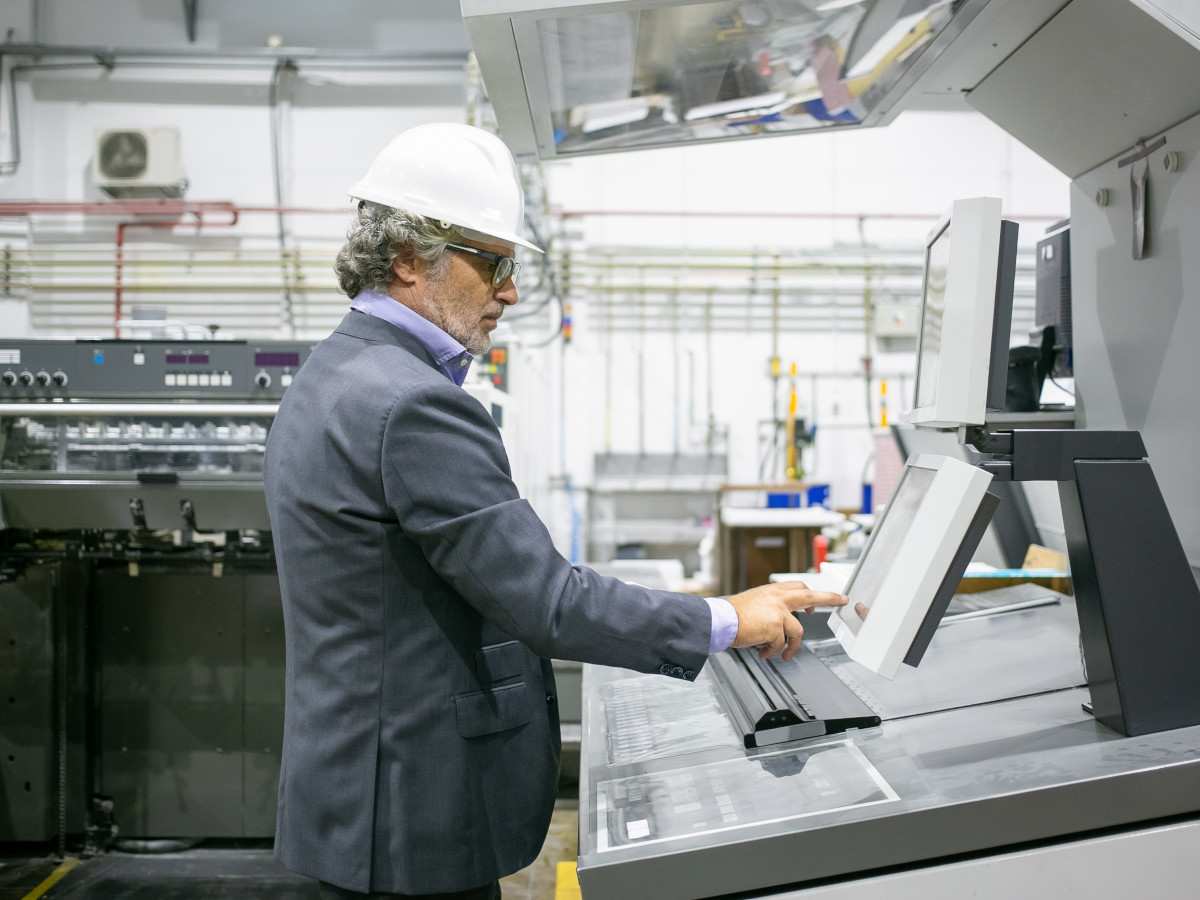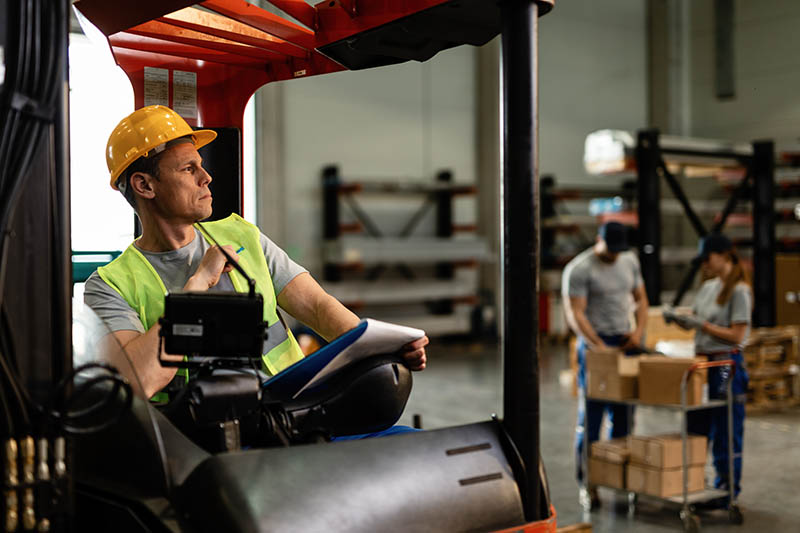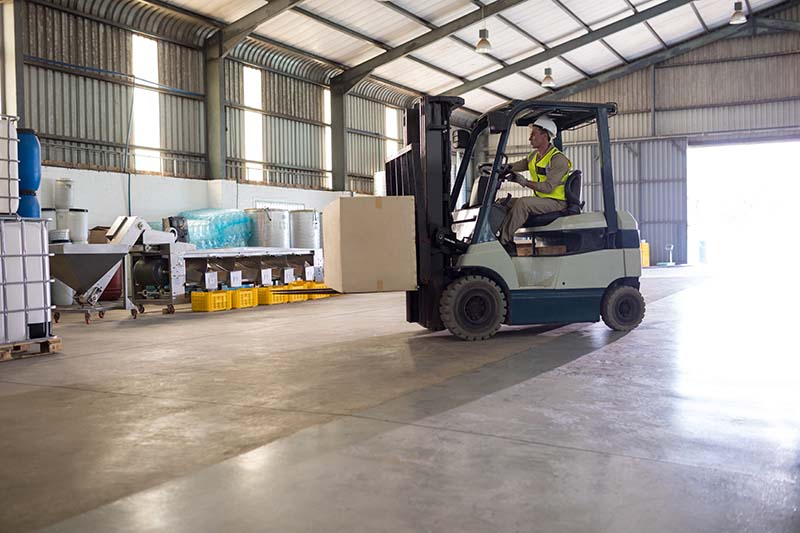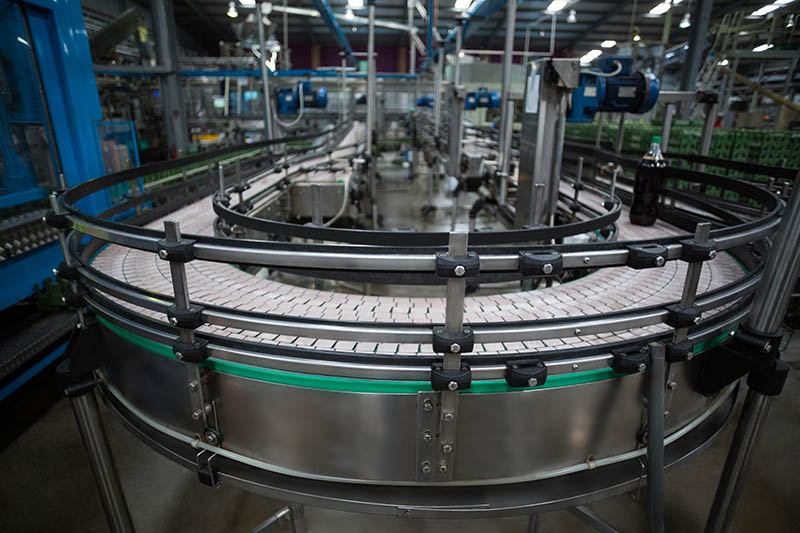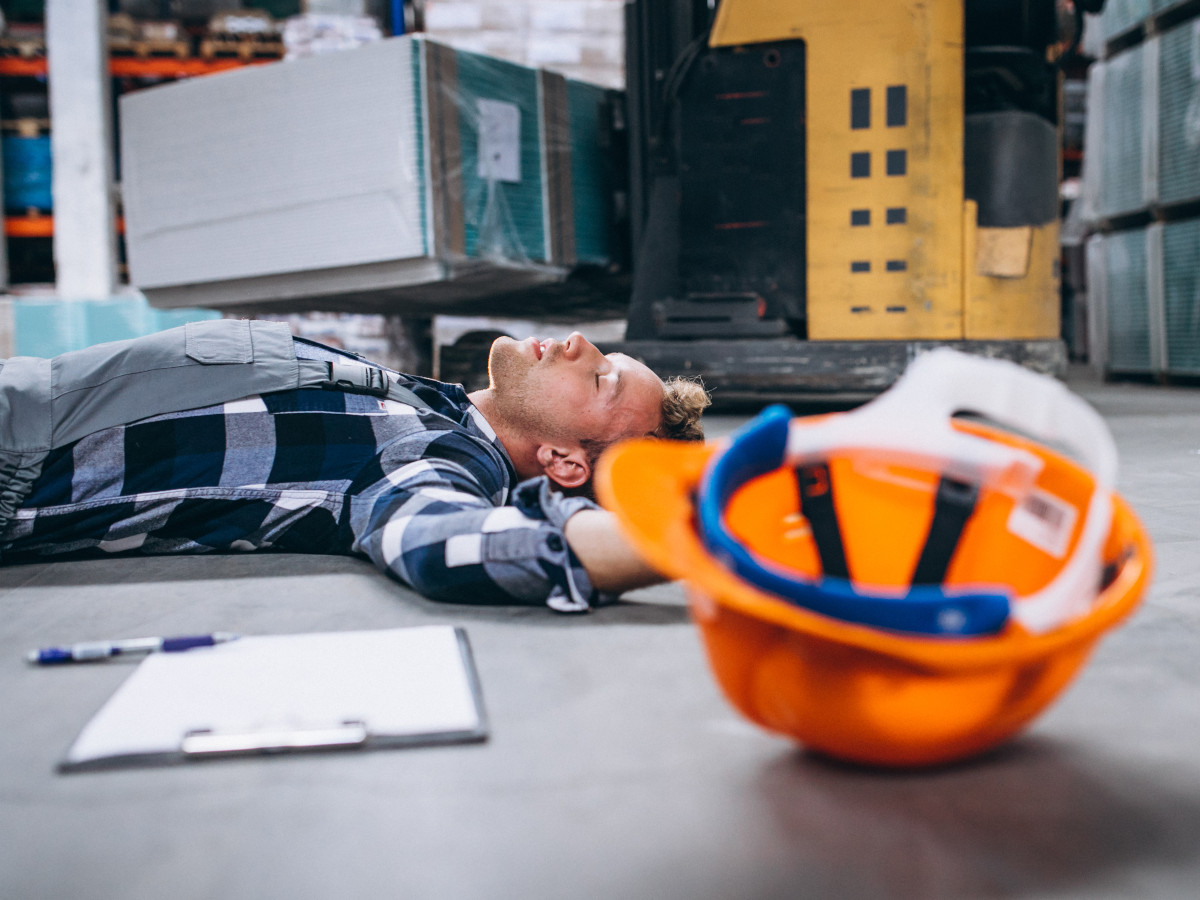What is the Machinery Directive and which machines does it apply to?
The Machinery Directive contains the essential requirements that the machine must meet before it is placed on the market of the European Economic Area for the first time. Thanks to this, both the machine manufacturer and the buyer user can be sure that the product meets the safety standards. The Machinery Directive applies to:
- individual machines (excluding certain machines with manual drive),
- machine sets,
- interchangeable equipment,
- safety components,
- lifting equipment,
- detachable mechanical transmission devices,
- partly completed machines,
- chains, ropes and belts.
A detailed list of machines can be found in the annexes to the Directive.
What are the CE marking and the EC declaration of conformity?
By affixing the CE marking to the product, the machine manufacturer certifies that it product meets the requirements of the European Union in the field of both safety and health and environmental protection. Although in some cases the manufacturer may issue a CE certificate to the machine themselves, this is not the case for safety systems. CE markings are placed only on safety products that have passed the full certification process of the relevant notified body. Successful completion of this certification process is confirmed by the EC declaration of conformity. It is issued after the successful completion of the EC type-examination.
Ways to ensure the safety of employees in accordance with the Machinery Directive
The Machinery Directive provides for two ways of ensuring the safety of persons operating machinery: by means of built-in elements and by means of external elements. How are they different in the context of the DM?
1. Built-in safety elements
“Built-in elements” means components that are an integral part of the device. Therefore, in relation to the standard, they are considered as components ensuring the safety of the machine operation. They do not require separate certification even if the manufacturer places them on the market as replacement parts for the original safety components.
2. External safety elements
Those are understood as safety elements that can perform their function independently of the machine. Since they operate as separate devices, they are also subject to the DM certification process. These elements include not only safety systems, such as mats or fences, but also noise reduction devices or structures protecting against falling objects. A detailed list of safety components covered by the Directive can be found in Annex V to the Machinery Directive.
The Machinery Directive on safety systems that detect people
The Directive includes safety systems designed to detect the presence of persons as devices eligible for certification in accordance with its provisions. The situation becomes a bit more complicated when the certified system has functions that the legislator has not taken into account in the standards, e.g. artificial intelligence.
Those who would like to learn more about the certification of safety systems, can do so by reading this article.
Artificial intelligence in safety systems and the Machinery Directive
The Machinery Directive does not address machine learning in safety systems. To put it bluntly: this is an area that it does not yet regulate. The use of machine learning is described in other documents, including standards that are a kind of detailed technical specification. Unfortunately, at this point, the standards do not yet contain appropriate regulations for AI-based safety systems. Then what about the certification of such devices?
The use of machine learning in safety systems in the light of existing standards can boldly be considered as an innovation. Thus, if a product, due to its innovativeness, goes beyond the scope of available harmonised standards, certification becomes more costly and time-consuming, but not impossible. It is so because, in this situation, the manufacturer must prove that the product will provide safety and does not have the support of the relevant provisions in the standards on how such a procedure is to be carried out. In addition to verifying the documentation, the notified body may additionally carry out or have carried out relevant inspections, measurements and tests. They will confirm that the device meets the essential requirements of the Machinery Directive and specific requirements that are currently included in harmonised standards.
To sum up, the certification of a safety system that detects people, from the point of view of the provisions contained in the DM, is a necessity. The safety of workers is one of the priorities of the Directive. Consequently, both the safety system manufacturer and the verifying it notified body make every effort to ensure that the system is perfected in every respe
